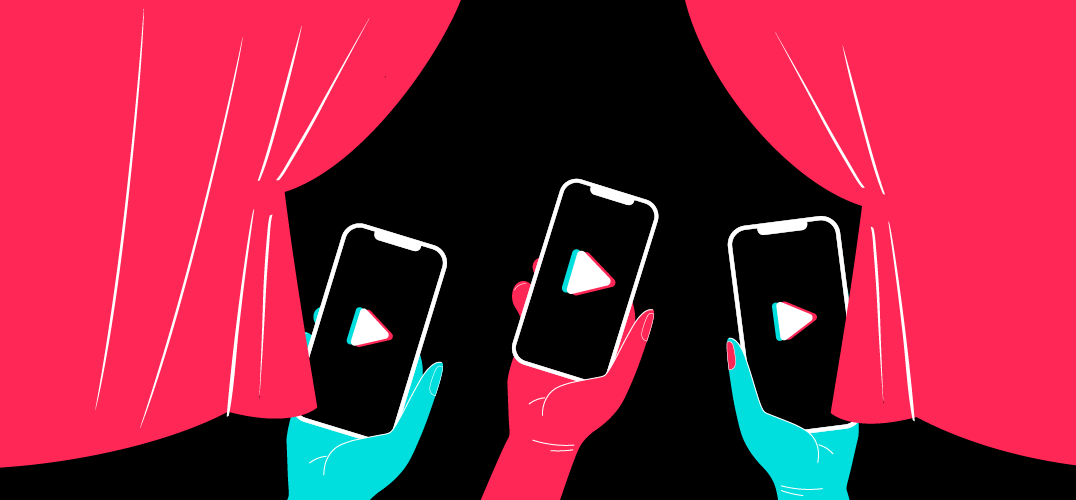
The ChatGPT dust has settled. We’ve sent it prompts as a peculiarity. We’ve fielded emails and content that was clearly written by the large language model (LLM). And we’ve gotten over the perceived threat that A.I. will replace us all because it hasn’t. Then, you probably forgot about ChatGPT or, at very least, accepted its shortcomings and used it sporadically.
But have you tried working with it?
Earlier this year, I raised the alarm about the pitfalls of ChatGPT usage, and asked the question: What can we do together?
Over the past five months, I drank my own Kool-Aid and I’m here to tell you that ChatGPT quickly became one of my favorite co-workers. Before we get into the use cases, a couple quick caveats. This is all from a content creator’s point of view, but I’ve talked with others about its uses in every department — from sales to human resources. The other big caveat is that, from here on out, I’m talking about ChatGPT 4.0 — the version that you subscribe to — not the freely available ChatGPT 3.5. It’s hard to quantify when someone (or something?) is smarter than someone else. You know it through experience, and that’s what I’ve found this year working with 4.0. In a professional setting, it’s in my must-have column if I’m going to use it. The free 3.5 version isn’t cut out for corporate commercial use.
That business out of the way, let’s get to work. First I’ll give you the approach, and then I’ll give you a couple of use cases.
Approach: Think of ChatGPT like an over-eager entry-level employee. This kid’s got spunk and it’s plugged into the Internet. What it doesn’t understand are your directions, your business and the industry you work in. Working with it to better understand what you want out of it — that’s on you. Like any manager working with a new hire, sometimes they hit the mark and sometimes it’s a swing and a miss. Most often, it’s kinda correct. Chat GPT is no different. Work with it like someone who you want to find their own conclusions.
For example: If you ask it to write a draft of a blog or an email and it misses the mark — tell it how it missed the mark and ask it to re-do it. The fun part is, it does! Gleefully. There’s no pushback or inherent awkwardness when it comes to revising ChatGPT’s work. Like an excited puppy it’ll rush over to the ball you just tossed and bring it back, again, and again, and again. Endless energy.
Oftentimes, the inclination after you ask it to do something is to look at it and think, “That didn’t work,” and you take the pieces and parts that are usable and you do the work. That’s fine, but — try to have it do that. If a blog was too full of marketing jargon, tell it that. If it was written like a story when you needed an article, tell it that. Work with it. Revision is the key to getting it to do what you want it to do — just like a person. My first job out of school, the editor I reported to told me: “Anyone can write something, a professional revises.” Oddly enough, that applies to artificial intelligence as well.
With that all in mind, here are some ways that I’ve enjoyed using ChatGPT and boosted productivity.
Let’s Start at the Starting
As a content creator, starting things sucks. It’s a blank page, a blinking cursor, a bunch of information you have the crunch through. There’s probably a deadline and a huge pile of emails to answer. Getting started is what takes the longest when it comes to creating something. So make ChatGPT do it. It doesn’t feel the pressure of the deadline, the anxiety of having to be creative, it just does it. Whatever you ask it, it’ll do it. Make your problem its problem. Give it a ton of notes to summarize, ask it questions about those notes.
• What questions are unanswered by that information?
• What does it think is the most interesting takeaway in that info?
• How would that info relate to your specific audience?
When it gives you answers, ask it a follow-up question. Let’s take the last question on the list above. It spits out an answer and then you’d ask it: Write the opening of an article for [your specific audience] with that angle.
Again, it might not be 100% where you want it, but guess what? You’re no longer looking at a blank page and a blinking cursor. You’ve gotten started, your wheels are turning and whether you use the ChatGPT crunched info or not, you’re rolling.
When You’re Done, Toss it Back to ChatGPT
In the content creation world, copy editing is a basic, entry-level job function. So I make ChatGPT do it. You have to be specific — if you want it to just proof grammar then you have to tell it to just proofread for grammar and don’t change the content. Again, over- eager new hire — it’s looking to make a name for itself. It’ll change it to what it thinks it should sound like, but if you’re specific, then it’ll just look at the grammar. Tell it to bold its changes — you don’t have to accept its text on face value. Check its changes.
Then get its thoughts — What questions might someone have after reading it?
In fact, I did just that and here’s what it said:
What long-term impacts do you foresee with the increasing use of A.I. like ChatGPT in content creation? How might it change the roles of human content creators?
Fantastic questions! And ones that I would pose to you and ask you to start working with ChatGPT to find your own answers to those questions.
(In the name of transparency, here’s the link to the ChatGPT prompts I used to write this article: https://chat.openai.com/share/3efbc6e4-033b-4cc8-8367-82503e4b4071 )

Jason Morgan is the Director of Content for Fleet Equipment and Tire Review
He’s also a self-proclaimed digiphile. So much so that he often gives himself the Voight-Kampff Test. He always helps the tortoise.
Contact Jason at [email protected]

